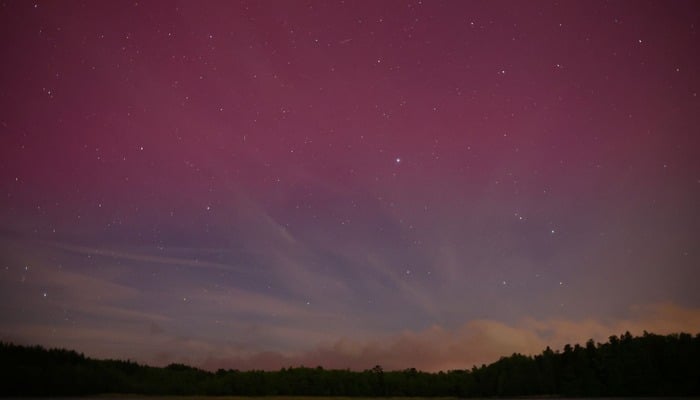
A rare and intense solar storm has lit up the night sky with vibrant auroras, delighting skywatchers around the world. The storm was classified as an "extreme" level of 5 out of 5 by the Space Weather Prediction Centre, causing the Northern Lights (Aurora Borealis) to cast pink, green and purple colours across the sky.
The solar flares and coronal mass ejections responsible for the auroras have also raised concerns about potential disruptions to communications systems, power grids, and satellite operations. The Biden administration is monitoring the situation, and forecasters are working to mitigate the impact.
Scientists have warned that increased solar activity could disrupt communications and GPS by the end of the week. Solar flares can quickly affect Earth's ionosphere, while energetic particles emitted by the Sun can disrupt electronics on spacecraft and infect astronauts without proper protection.
Read more: SpaceX to the rescue of NASA's Mars mission?
Moreover, despite the potential obstacles, the aurora spectacle has brought joy to many, with excited onlookers sharing photos and videos of the rare display. The Northern Lights have made a rare appearance across the UK, delighting skywatchers up and down the country, and many northern European countries were also treated to the spectacle.
How are the Aurora Borealis caused?
Auroras occur when charged particles from the Sun interact with gases in Earth's atmosphere, causing different colours depending on the gases involved. The Northern Lights are usually visible at high latitudes, but during intense solar storms, they can be seen as far south as the United States, Europe, and even China.
















